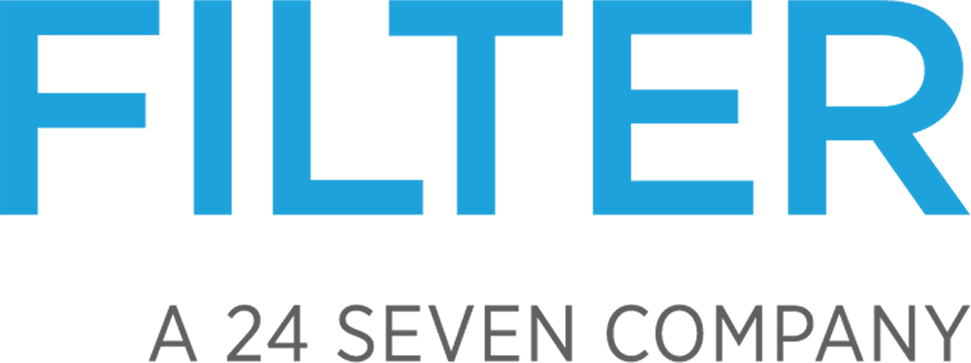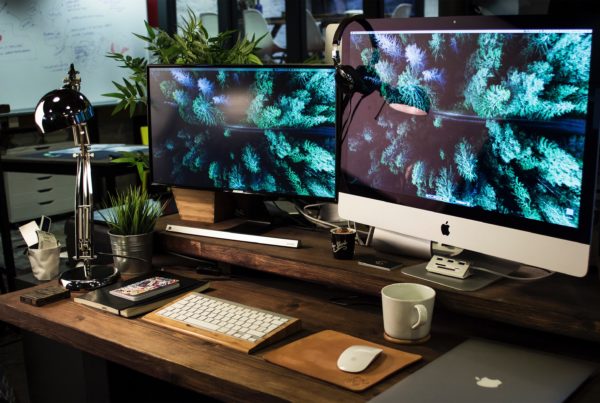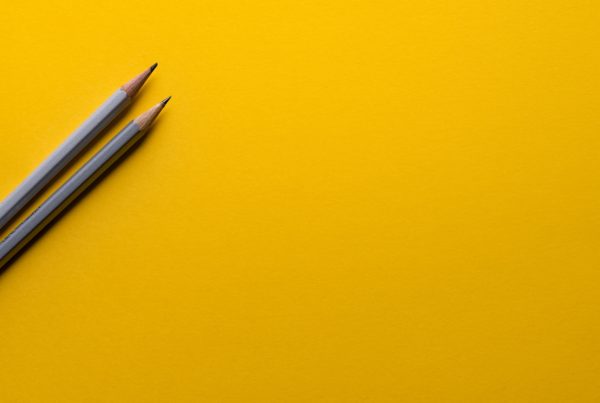The visual language within interaction design is no longer in its infancy: over the years, it’s found its footing in a set of common patterns, methods and best practices. Having a reliable blueprint to work from is in many ways a major benefit for today’s designers. But although it reduces time, effort and risk, Filterati Kobee King explains, this standardization is also leading to cookie-cutter designs and forgettable user experiences.
Kobee, an award-winning Visual and Interactive Designer with 15 years of experience in print and digital design, says the industry is in its “tween” stage. With a solid foundation in place, designers are navigating the sensitive balance between following the rules and questioning them. In this interview, Kobee talks with us about why so many designs are getting lost in the crowd, how he breaks free from the expected, and why listening to more perspectives leads to better, more original products.
Q: Tell us about your journey from print to digital design, and how having a multidisciplinary background shapes your approach.
I began my career in print, designing for magazines and art directing photography for catalog publications. I really enjoyed that work, but soon I was getting many opportunities to design websites. This shift was daunting at first, because I quickly found I had to relearn and adapt to a whole new world of technical constraints. Fortunately, though, I was working alongside inspiring Creative Directors and knowledgeable Developers, and I learned from the best.
At the same time, I found that my background in publication design lent itself well to digital work and informed my process in designing for the interactive space. Many of my skills from the print world transferred to web design; I was able to use a lot of the same intuition and design principles, such as creative use of typography and graphic embellishments, as well as techniques for pacing, timing, communication and storytelling.
Overall I feel that my multidisciplinary background helps me approach my work from different angles, and gives me more tools with which to solve design problems and communicate key messages.
Q: What are the main challenges you see today’s design teams facing?
I believe that we, as interactive and visual designers, are in our “tween” phase when it comes to designing for websites and apps. This means that we’ve already learned to walk and talk; we’ve established many fundamental patterns or rules that are the foundation of usability in design, and those principles will hold true over time.
Now, with all these guidelines and best practices in place, the challenge is to seek individuality and stand out from the crowd. Sometimes as designers our job is to break the rules and push the boundaries. That’s a huge challenge in many ways — following best practices while also being ready to break away from the paradigm.
Q: How do you know when to play by the design “rules” and when to challenge them?
There are many rules that should never be broken: design principles (with rare exceptions), best practices in usability and accessibility, and the guiding principle that form follows function. These are very legitimate guidelines, and following them helps ensure an effective, user-focused product.
There are, however, opportunities to look deeper, question assumptions, and rethink what the purpose of the specific guideline is. What is the purpose of the website? Should it be simpler? Are there any emerging technologies that can be explored and utilized in the design? How can we make this a fresh and memorable experience?
The answers to these questions depend on the purpose of what you’re designing, the business needs of the client, and ultimately, the needs of the end user. By taking a closer look at the “why” behind the design choices, you’ll almost always discover a fresh viewpoint.
Q: Where do you find ideas and inspiration for designs that will stand out from the crowd?
There are several techniques that I keep coming back to when I need to get old ideas out of my system and let new ones in. One of my secret weapons is creating an alphabetized word list. Force yourself to fill up an entire page of multiple words for each letter in the alphabet. Add all the words that come to mind, even if they’re only remotely related to what you’re designing. It may feel strange at first — but it works, I promise.
I take the same general approach when building a Pinterest mood board: add a wide variety of unexpected visuals that are even tangentially related to your subject, and you’ll start to see new connections emerge. Getting away from the computer for a bit can also be extremely helpful. Go for a walk and take in your surroundings; whether it’s people on the streets, architecture, or nature, allow inspiration to seep in from anywhere.
Perhaps most importantly, get out your pencil and paper. On a computer, you’re limited to the palette you have in front of you. On paper you can iterate faster, experiment more freely, and push yourself out of your comfort zone. It doesn’t have to be pretty; it’s all about the idea.
Q: How can companies support their design teams in creating more original designs?
It all comes down to fostering an environment where diverse perspectives are sought and valued. That starts with hiring decisions: I’m seeing many organizations draw from a wider range of professional backgrounds when building their design teams. Moving away from a technical checklist to a more holistic view of the candidate helps bring fresh ideas into the mix.
I’d love to see companies become even more open-minded in terms of where their designers come from. If someone from the print world, for example, can articulate how their prior experience will contribute to a digital product, that’s a huge asset… one that I think is much more valuable than coming in knowing every tool in the job description. A fast learner will quickly fill in those gaps while bringing their unique viewpoint to the table.
From a high-level perspective, it’s important to have a culture where ideas can flow up the chain, not just down. Just about every designer I know has experienced the frustration of being treated as a “doer,” not a thinker.Sometimes we’re stuck with rigid instructions about what to design and how to design it — even if we know the approach is flawed, there’s little we can do about it. By providing opportunities for designers and other creatives to weigh in early in the process, companies can gain a broader range of insights and discover better ways to solve the problem.








